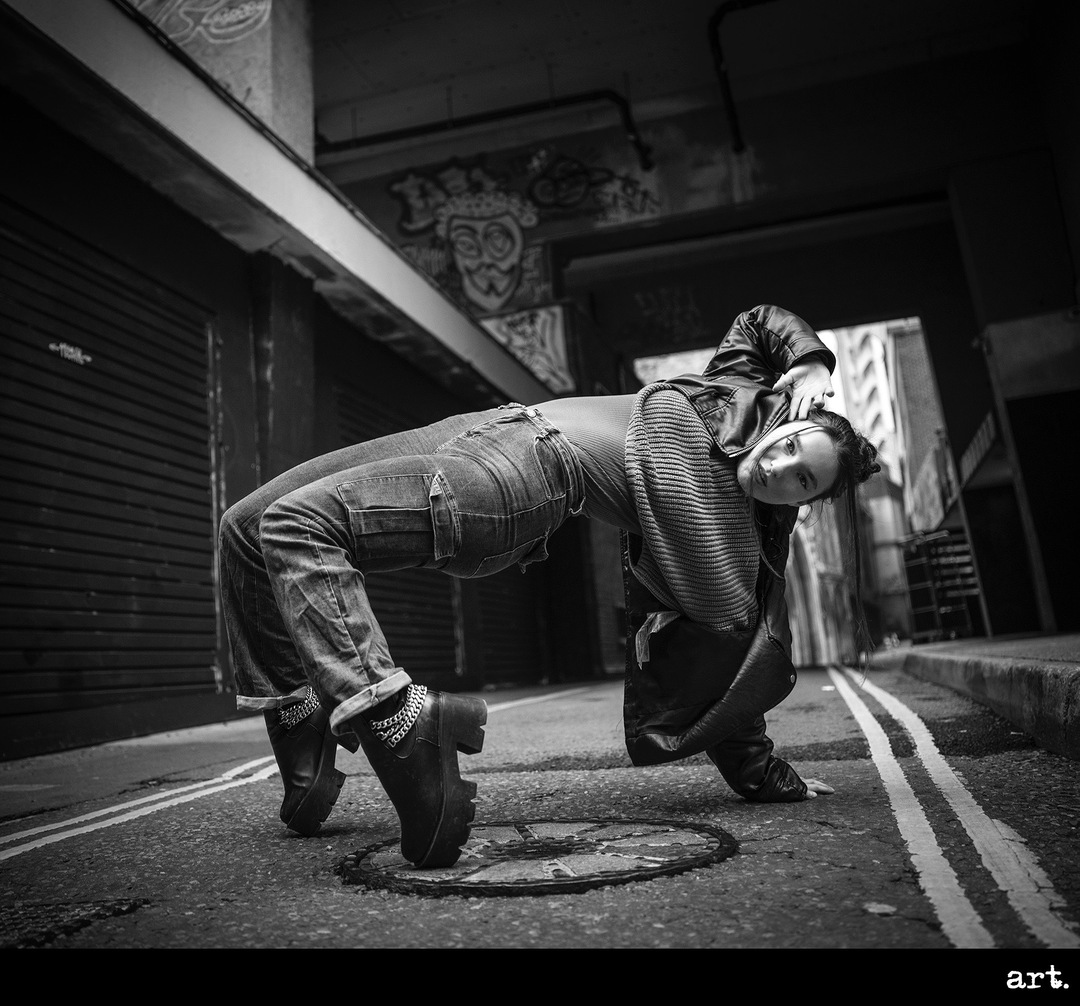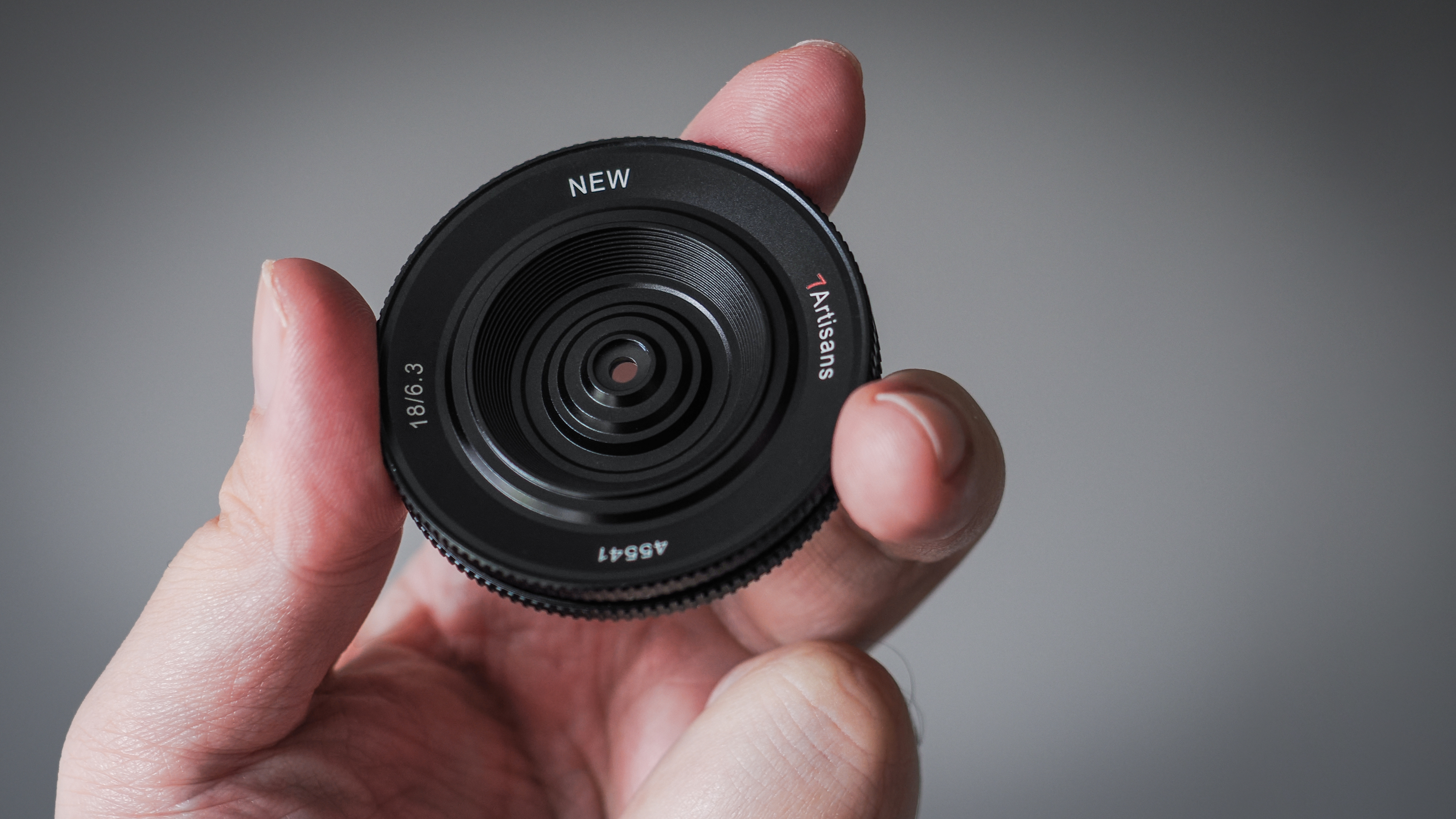Are poses protected under copyright? US courts side against photographer in case claiming Lil Nas X copied Instagrammer’s photos
The courts dismissed the case on the grounds that the singer had likely never viewed the first images

A US court of appeals has dismissed a copyright case between a photographer and rapper Lil Nas X, saying that the original photos' existence on Instagram didn’t prove that the singer had viewed them and that the rapper’s photographs were not substantially similar to the photographer's.
Earlier this month, the Ninth Circuit US Court of Appeals affirmed the lower court's decision to dismiss the case in Rodney Woodland v. Montero Lamar Hill. In the case, Instagrammer and artist Rodney Woodland claimed that singer Montero Lamar Hill, better known as Lil Nas X, the singer behind “Old Town Road,” had copied several of his images.
The judge dismissed the case for two reasons. First, the judge concluded both that the photographer hadn’t sufficiently proved that Lil Nas X had even viewed the images. Second, the court ruled that the images did not share enough similarities.
Both reasons behind the cases’ dismissal are worth noting for photographers and visual artists. First, the panel of judges concluded that it was unlikely that Hill had ever viewed Woodland’s images because the 12 images in the case received only between 8 and 75 likes.
“To sum it up, social media and other digital-sharing platforms could make it easier for plaintiffs to show that defendants had access to their materials – but only if they can show that the defendants had a reasonable chance of seeing their work under that platform’s algorithm or content sharing policy,” Judge Kenneth K Lee wrote.
But along with disagreeing on the likelihood that Hill ever saw the images on Instagram, the court also decided that the images didn’t share enough similarities for copyright infringement.
“[T]he individual elements in photographs – the poses, lighting, costumes, and makeup – are not themselves protected from infringement,” Lee wrote.
The best camera deals, reviews, product advice, and unmissable photography news, direct to your inbox!
“Only the expression through the selection and arrangement of objective elements receives copyright protection,” Lee explained.
The decision reflects multiple earlier cases. For example, in Jacobus Rentmeester v. Nike, the courts concluded that the Air Jordan "Jumpman" logo didn’t have enough similarities to the photographer’s image and thus did not infringe on copyright.
As Lee explained in the court's opinion, the individual aspects of a photograph, such as a pose or the lighting, aren’t necessarily protected themselves, but the expression and selection of those individual choices together as a whole are.
Previous courts, including Mannion v. Coors and Knitwaves v. Lollytogs, have explained the issue of protecting individual elements using a painting as an example – saying that, if individual colors were protected under copyright law, then all paintings would lack originality because all colors have been used previously.
The Ninth Circuit Court agreed with the district court and granted the defendant’s motion to dismiss.
You may also like…
Read about what photographers need to know about copyright, or explore the issues surrounding AI and copyright.

With more than a decade of experience writing about cameras and technology, Hillary K. Grigonis leads the US coverage for Digital Camera World. Her work has appeared in Business Insider, Digital Trends, Pocket-lint, Rangefinder, The Phoblographer, and more. Her wedding and portrait photography favors a journalistic style. She’s a former Nikon shooter and a current Fujifilm user, but has tested a wide range of cameras and lenses across multiple brands. Hillary is also a licensed drone pilot.
You must confirm your public display name before commenting
Please logout and then login again, you will then be prompted to enter your display name.

